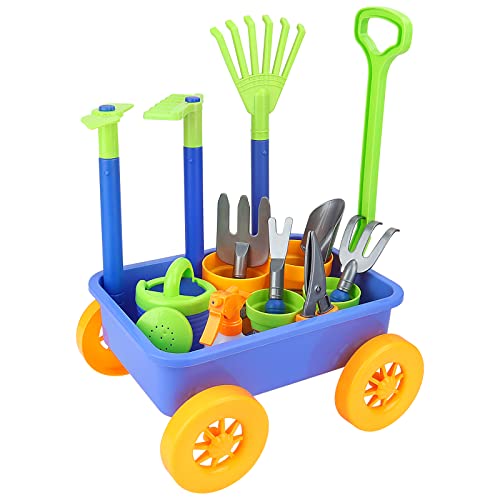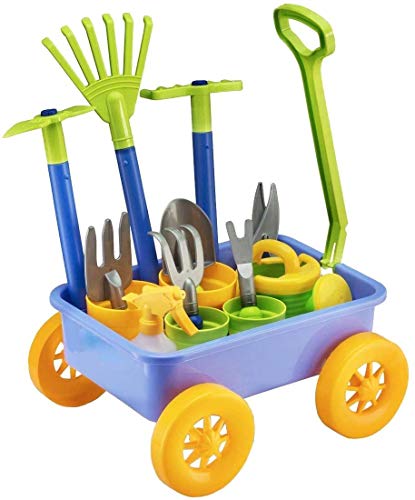Choosing the Best Materials for a Toy Wagon
If you’re in the market for a toy wagon, you may be wondering what the best materials are to ensure durability, safety, and longevity. From classic wooden wagons to modern plastic models, there are a variety of options available. In this article, we will explore the advantages and disadvantages of different materials used in toy wagons, helping you make an informed decision when choosing the best wagon for your child.
The Classic Appeal of Wooden Wagons
Wooden wagons have long been a popular choice for parents and children alike. They offer a classic look and are often handcrafted with attention to detail. These wagons are typically made from high-quality, durable wood such as birch or oak, making them sturdy and built to last. The natural beauty of wood also lends itself well to customization, allowing you to paint or stain the wagon to your desired look.
Wooden wagons are generally safe for children, as they are free from harmful chemicals and toxins. However, it’s essential to ensure that the wagon has a smooth finish, with no sharp edges or splinters that could potentially harm your child. Regular maintenance, such as sanding and resealing, will help keep the wagon in good condition.
The Versatility of Plastic Wagons
Plastic wagons have gained popularity in recent years due to their affordability and versatility. These wagons are often made from high-density polyethylene (HDPE) or other durable plastic materials. Plastic wagons are lightweight, making them easy for young children to pull or push around. They are also resistant to dents, scratches, and fading, making them ideal for outdoor play.
One of the significant advantages of plastic wagons is their easy cleanup. They can be washed with soap and water, making it simple to remove any dirt or debris that accumulates during play. However, it’s crucial to note that plastic wagons may not have the same aesthetic appeal as wooden wagons, as they lack the natural beauty of wood.
Metal Wagons for Durability
Metal wagons, often made from steel or aluminum, offer exceptional durability and strength. They can withstand heavy use and rough terrain, making them ideal for adventurous children. These wagons are typically powder-coated or painted to prevent rust and ensure longevity.
While metal wagons are undoubtedly sturdy, they do have some drawbacks. They can be heavier than other materials, making them more challenging for young children to pull. Additionally, metal wagons may develop rust over time if not properly maintained. Regular cleaning and applying a rust-resistant coating can help prevent this issue.
Considerations for Selecting the Best Material
When choosing the best material for a toy wagon, there are a few essential factors to consider. Firstly, consider the age and strength of your child. Lighter materials such as plastic or lightweight metals may be more suitable for young children, while older kids may prefer the sturdiness of wood or metal. Additionally, consider where the wagon will be primarily used. If it will be used primarily outdoors, a durable material such as plastic or metal may be the best choice.
Finally, take into account your preferences for aesthetics and customization. Wooden wagons offer the most opportunities for customization, while plastic and metal wagons may have a more modern or streamlined look.
Ultimately, the best material for a toy wagon depends on your specific needs and preferences. Wooden wagons offer a classic and customizable look, while plastic wagons are lightweight and easy to clean. Metal wagons provide exceptional durability but may be heavier and require regular maintenance. Consider the age of your child, where the wagon will be primarily used, and your desired aesthetic to determine the best material for your needs.






